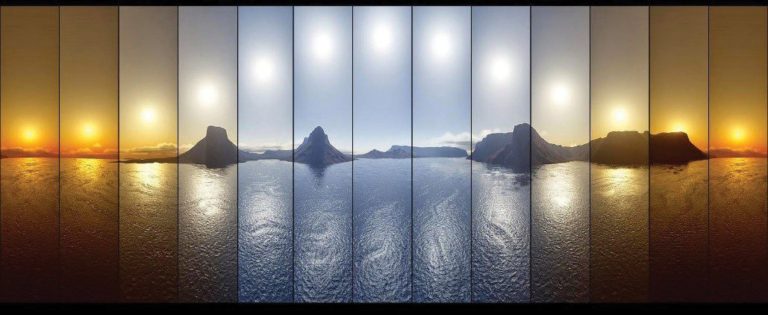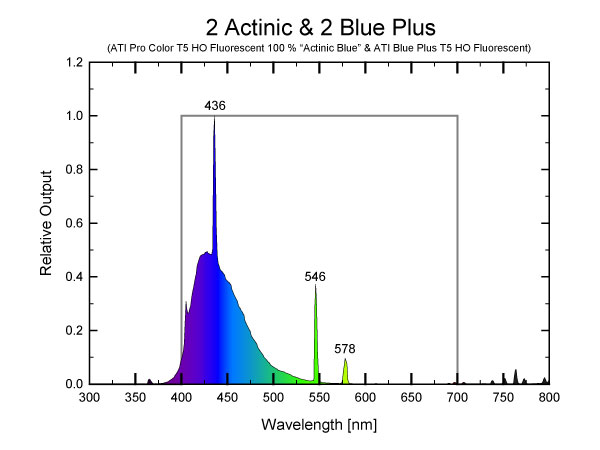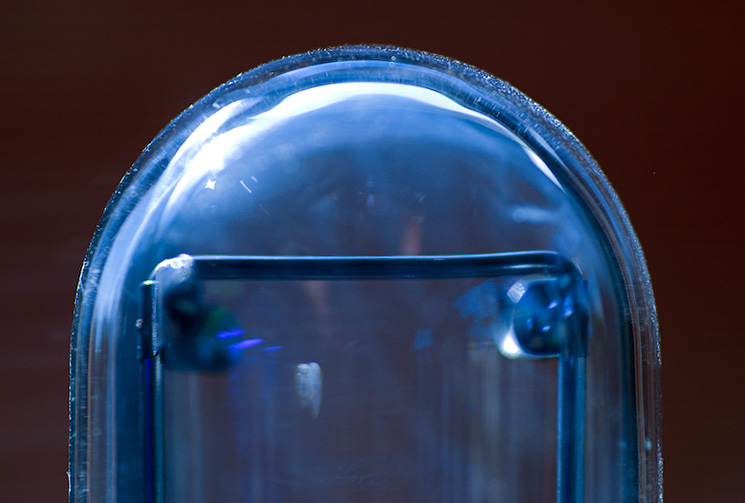- Joined
- Jun 17, 2016
- Messages
- 704
- Reaction score
- 769
Wanted to gather everyones thoughts on this... some day high uv can damage coral and some say high uv is needed to help coral growth.. i see led lighting schedules and some run low uv and coilets where as others run high etc.. can anyone here tell me what they have noticed when running high uv vs low uv and if you do run low uv why?





















